Boba Fett, the most famous bounty hunter in the Star Wars universe, finally has his own story. In The Empire Strikes Back, his first appearance, this chimerical character managed to definitively seduce the fans of George Lucas‘ saga. Despite not having any information about him, the fandom was impressed by his mysterious appearance: a suit of armour accompanied by an iconic Mandalorian helmet, both full of notches and enigmatic attributes. These particular features were a huge source of speculation, making him one of the most popular icons of the franchise.
His unquestionable appeal made his sudden (and even ridiculous) death in Return of the Jedi, accidentally thrown into Sarlacc’s stomach, particularly painful. It was clear that a character with that kind of charisma deserved a more dignified outcome. That’s why the fandom would elaborate a whole series of theories about his more than possible survival, the most reasonable being that Boba Fett activated the thrusters in his backpack to fly out of the bowels of that monster in the desert of Tatooine.
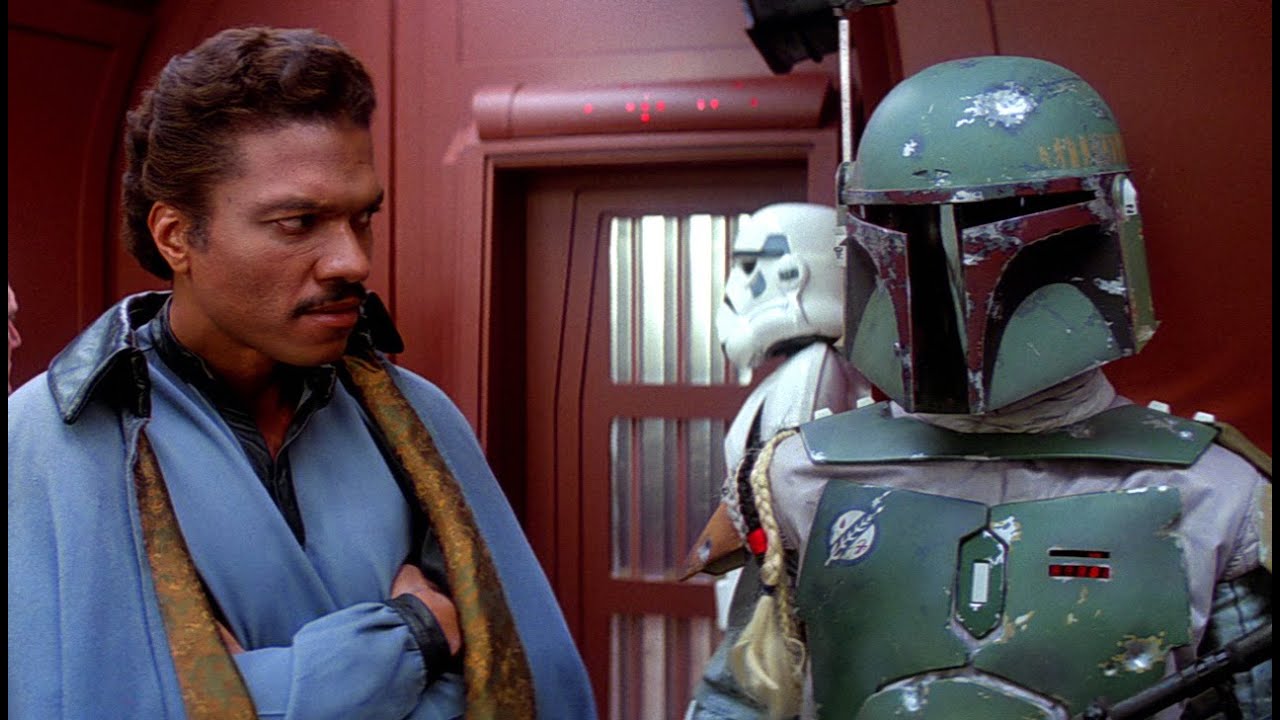
Boba Fett with Lando Calrissian in The Empire Strikes Back.
With the release of Attack of the Clones, the Warsies got some information about his life, more specifically about his origins. Jango Fett, a Mandalorian bounty hunter, put his genetic code at the service of the Galactic Republic, in order to create an army of clones for the war against the Separatist Alliance. In addition to his hefty fee, Fett asked for something else, an unaltered clone of himself, whom he would raise as his son and name Boba. We also learned that after his father’s death at the Battle of Geonosis, he decided to follow in his father’s footsteps as a bounty hunter. To do so, he decided to join the worst criminal scum in the galaxy, willing to become one of them.
After Disney’s acquisition of Lucasfilm, fans were filled with hope, as it was a chance to see the return of their beloved bounty hunter. Their demands were fulfilled in 2020, in the second season of The Mandalorian. Of the many characters who made an appearance in that celebrated series, Boba Fett was undoubtedly the most eagerly awaited. His return left no one indifferent, due to its huge doses of epicness, being the prelude to what would possibly be the most awaited series of the galactic saga: The Book Of Boba Fett (Jon Favreau, 2021).
Its story unfolds through two subplots, the main one being that of Boba Fett and his partner Fennecc Shand, as they seek to consolidate their power in the galactic underworld. The other subplot progresses through a series of flashbacks, focusing on Boba Fett’s expected exit from Sarlacc’s stomach and the ensuing events.
This narrative model is quite new within the saga, surpassing in this aspect in quality The Mandalorian, whose chapters were nothing more than small and simple adventures that the protagonist went through, without any elements of character development. However, its evolution is rather unstable, as the flashback plot is considerably less interesting than the other, causing an imbalance in the series, which makes it a burden in this epic. Furthermore, while there is some development in the essence of Boba Fett, it is also true that it is poor and limited, with little change in his character and actions.
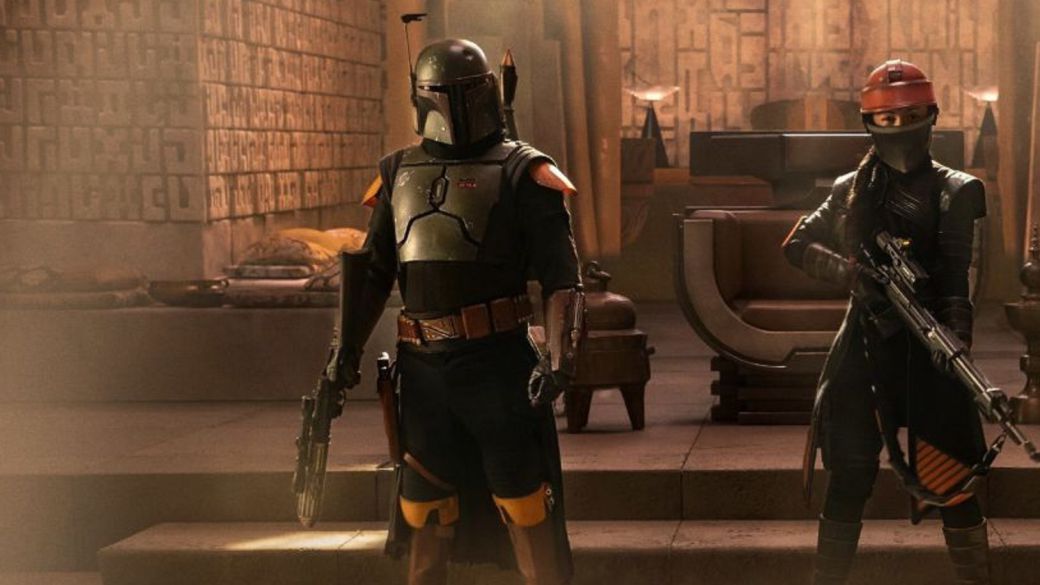
Boba Fett and Fennecc Shand.
However, this is not the series’ main flaw; in fact, its over-reliance on fan service has been its biggest flaw, a constant that has characterised Disney-era Star Wars stories (with a few honourable exceptions) since Star Wars: The Force Awakens. The latest productions of this saga, focused almost exclusively on offering their fans sensations similar to those they experienced during their childhood and adolescence. As in The Mandalorian, in The Book of Boba Fett they insist on transmitting to fans the sensation of meeting old friends through the presence of familiar characters and various winks that evoke previous instalments.
This trend has led to Star Wars currently being hijacked by nostalgia, proof of which are the future projects of the franchise, centred on the figures of Obi Wan Kenobi, Ashoka Tano, Lando Calrissian and Casian Andor, all of them characters who are definitely familiar to the fandom. This policy based on nostalgia, although understandable, is depredating the essence of the galactic saga, making it difficult to offer real novelties.
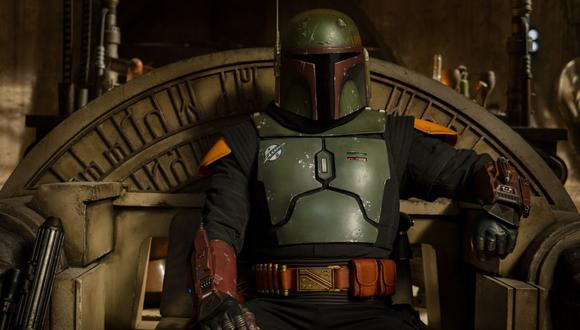
Boba Fett.
If Star Wars stood out for anything at the time, despite the simplicity of its stories, it was for the formidable imagination it gave off. The magic of its characters, settings, special effects, stood out for being highly innovative, true sources of inspiration for later creators. However, these new stories hardly explore or expand on the fictional world that George Lucas created more than forty years ago. As endearing as it is to meet up with old friends, in the long run, excessive nostalgia destroys the magic of Star Wars.
Despite what many fans of this franchise think, Rian Johnson took a big risk with Star Wars: The Last Jedi, breaking the mould, seeking to surprise the audience. The result was one of the best instalments of the saga, which revealed a reality denied by many until then: that Star Wars could still be surprising and unique. The smartest thing that those responsible for the next projects could do is to take this path of rupture and new perspectives.
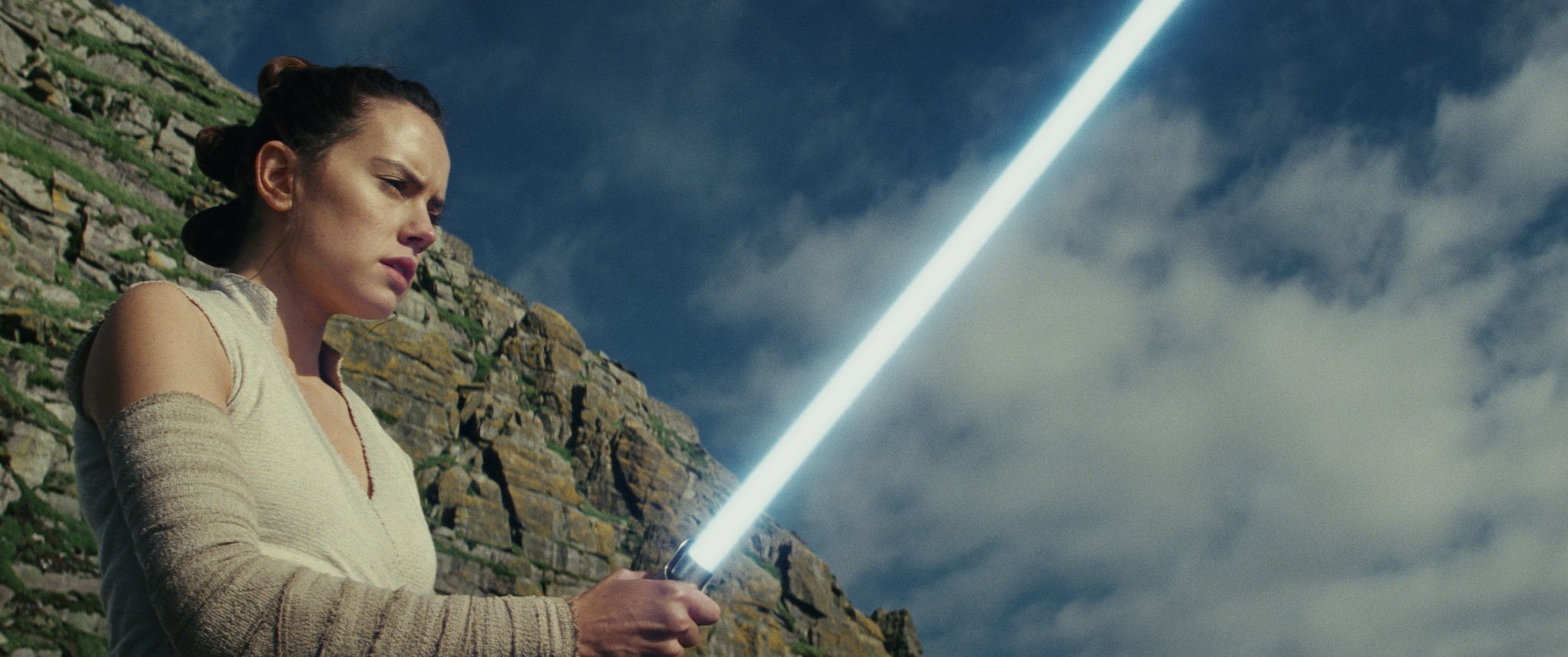
Rey Skywalker (Daisy Ridley) in Star Wars: The Last Jedi.
The Book of Boba Fett, however, is by no means a Star Wars work to be flushed down the toilet. It is a fun fiction for the whole family to enjoy, with fast-paced action scenes and a splendid production design that pays homage not only to the original saga, but also to mythical productions such as The Godfather and King Kong. The last three chapters are action-packed and absolutely thrilling, but without dismissing the obvious fact that this is just another entry in the saga, no more, no less.
Given how the future of Star Wars is shaping up, there is little hope for new releases. Still, those of us who love new ideas should not give up hope, for as Master Yoda once said, impossible to see the future is.

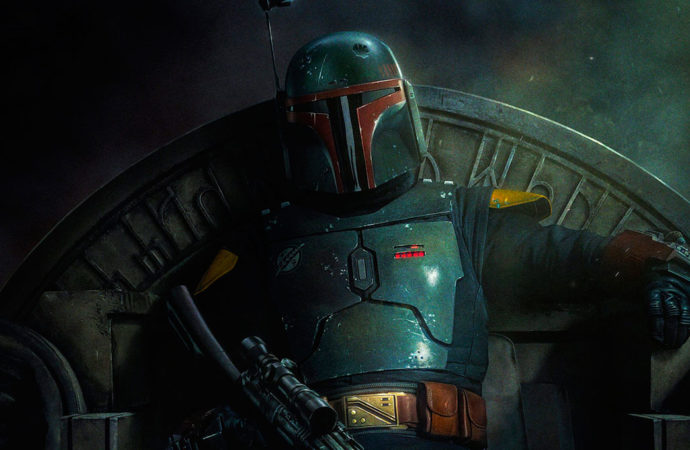
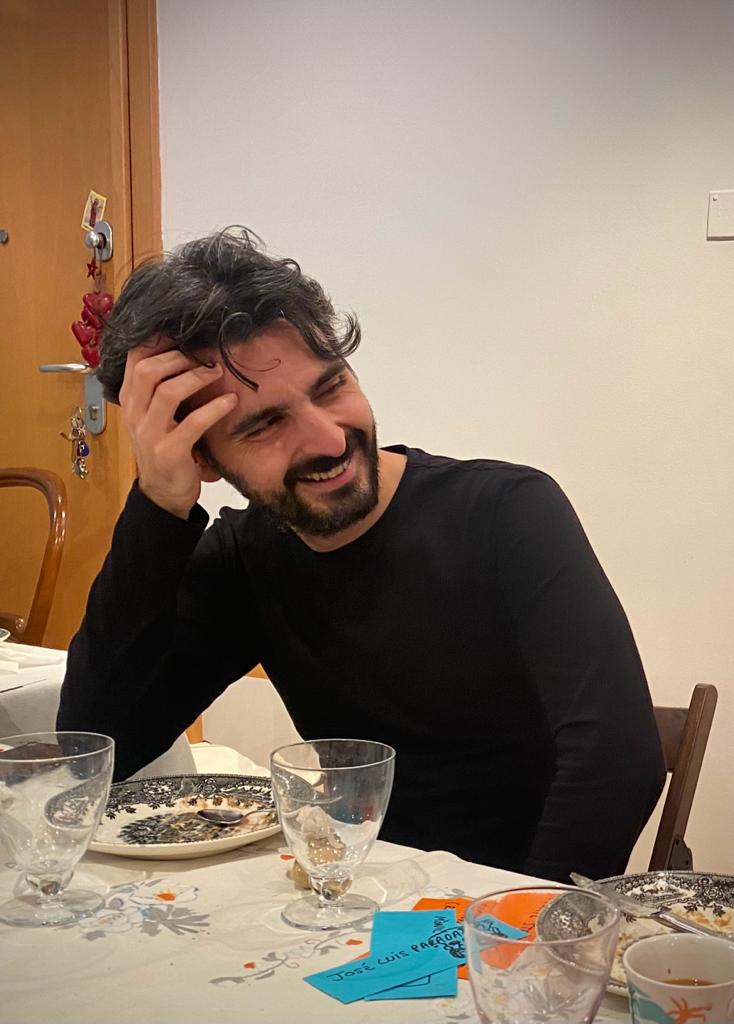
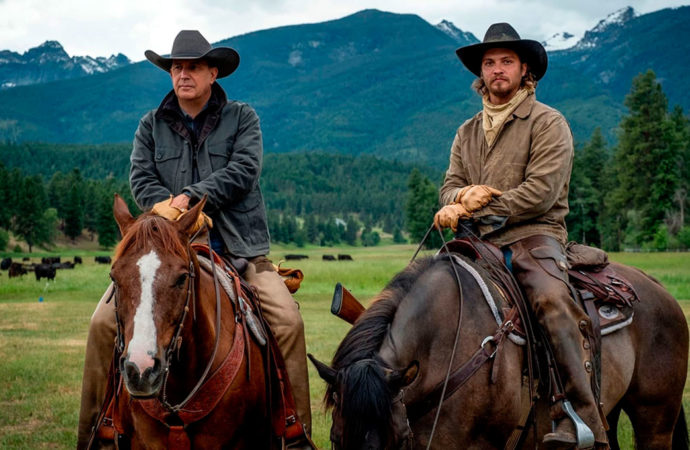
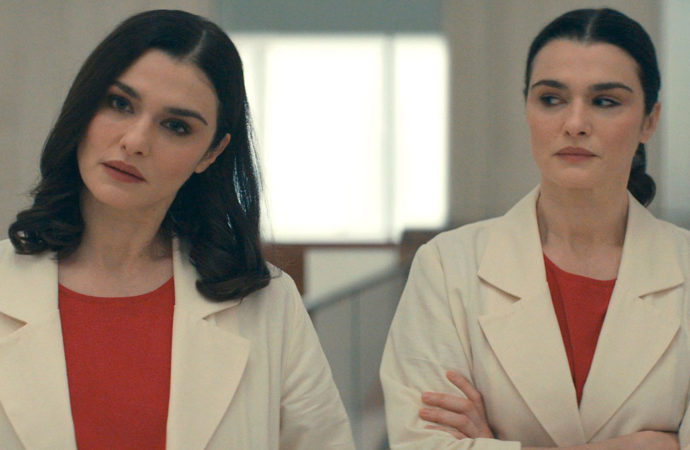

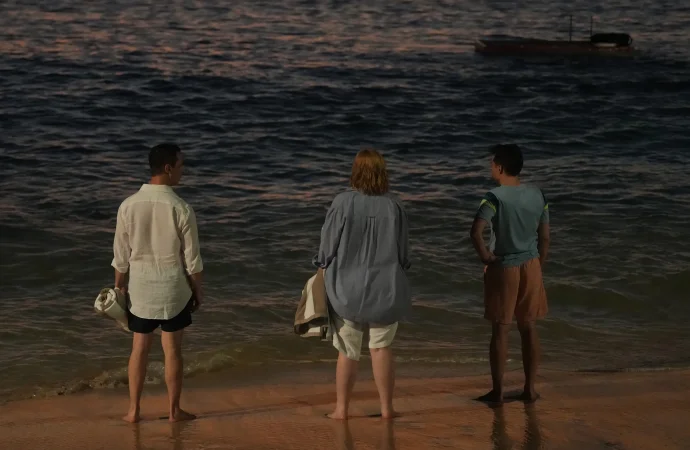
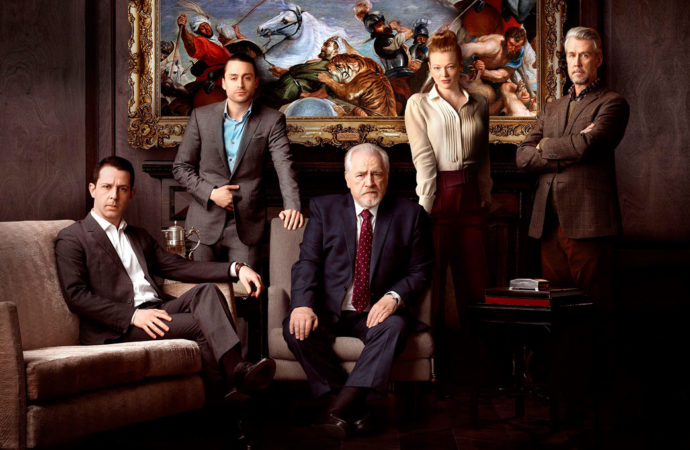
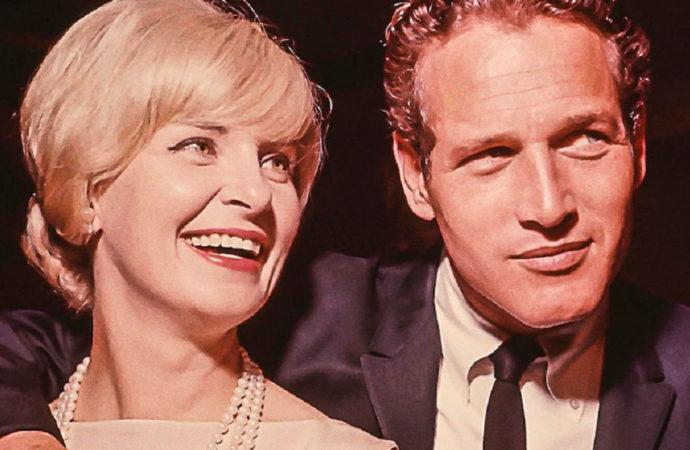
No one has posted any comments yet. Be the first person!